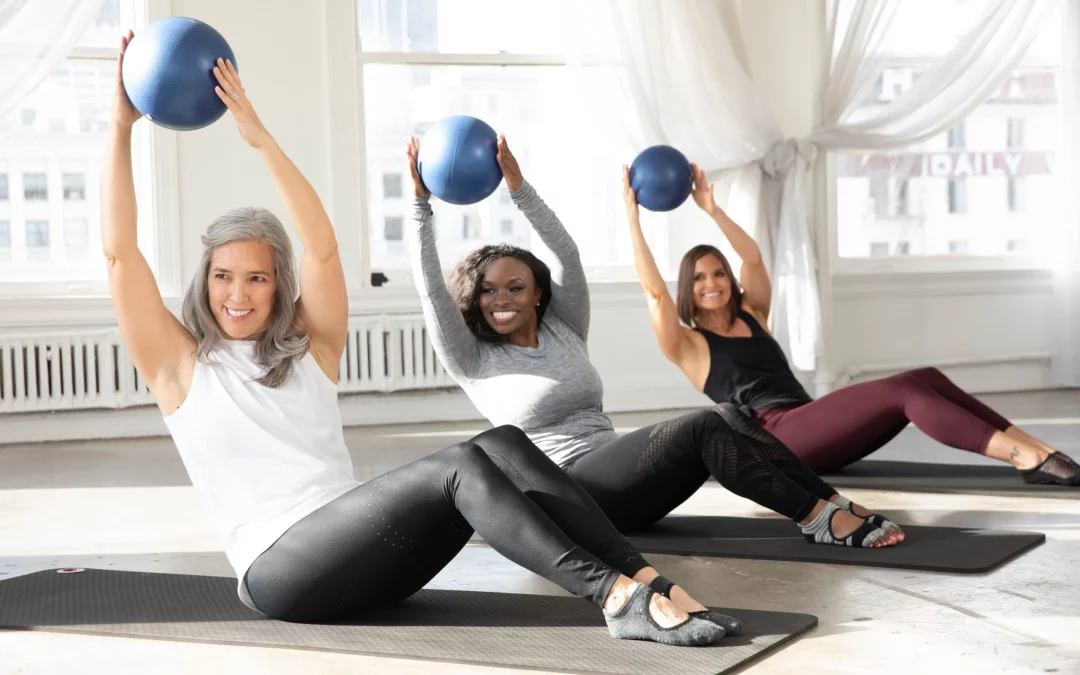Have you heard about Reformer Pilates and wondering what all the buzz is about?
Reformer Pilates is taking the world by storm as a popular form of physical fitness and tool for rehabilitation programs. Pilates focuses on movement control, posture, core strength, mobility and breathing.
Aside from improving posture, balance and strength, here are 4 reasons why you should start Pilates today:
1. Pilates is a low impact form of exercise.
- Meaning it is accessible to people of all fitness levels and ages.
2. Pilates offers a wide range of exercises giving great variety in each session.
- Exercises involve push /pulling with the arms of legs to move the carriage back and forth, giving it the ability to work global muscle groups or specific target areas.
3. Personalised programs for individual needs and abilities.
- Our physiotherapist can provide individualised programs and modifications to suit individual needs and abilities, making it safe and effective for everyone.
4. Pilates is an effective tool in the management and prevention of injuries .
- Providing a safe and supportive exercise platform, Pilates allows for effective core/trunk and back strengthening. With research showing reduction in pain levels in patients with lower back pain and chronic musculoskeletal pain.
Book into our physiocore classes on Wednesday 5:45 pm or Saturday 8am to start reaping these benefits!
Author: Sarah Bransgrove
References:
Byrnes, K., Wu, P.-J. and Whillier, S. (2018) ‘Is pilates an effective rehabilitation tool? A systematic review’, Journal of Bodywork and Movement Therapies, 22(1), pp. 192–202. doi:10.1016/j.jbmt.2017.04.008.
Denham‐Jones, L. et al. (2021) ‘A systematic review of the effectiveness of pilates on pain, disability, physical function, and quality of life in older adults with chronic musculoskeletal conditions’, Musculoskeletal Care, 20(1), pp. 10–30. doi:10.1002/msc.1563.
Natour, J. et al. (2014) ‘Pilates improves pain, function and quality of life in patients with chronic low back pain: A randomized controlled trial’, Clinical Rehabilitation, 29(1), pp. 59–68. doi:10.1177/0269215514538981.

